
ALSO BY CHRIS IMPEY
How It Ends
The Living Cosmos
HOW IT
BEGAN
A TIME-TRAVELERS
GUIDE TO THE
UNIVERSE

CHRIS IMPEY
 W. W. NORTON & COMPANY New York London
W. W. NORTON & COMPANY New York London
To Dinah: my perfect beginning
CONTENTS
PREFACE
I thought of a labyrinth of labyrinths, of one sinuous spreading labyrinth that would encompass the past and the future and in some way involve stars.
JORGE LUIS BORGES
WHERE DO WE COME FROM? As busy as we might be in our everyday lives, its natural to pause sometimes and ask this question. After a quick recognition that were the genetic product of our parents and forebears, and a trivial response in terms of birthplace, the answers get harder.
We can draw larger and larger boundaries around our situation and ask about the journey that led to us. The Earth condensed out of a gas cloud that also formed the Sun and the other planets. More than 4.5 billion years old, the story of our origins involves the journey of many of our atoms through the core of multiple generations of stars, where they were fused in fierce nuclear reactions. Its a narrative that involves thousands of long-dead points of light, and many times more atomic journeys, strands that eventually converge and embody us.
The next larger stage is a city of stars called the Milky Way, and the hundred billion similar cities sprinkled through the visible universe. With nothing special about the Milky Way or the processes that led to a fecund planet called Earth, there are likely to be a billion habitable worlds in each of these galaxies, and countless biological experiments. The enormity of space challenges us in trying to discover other worlds and find out whether we are alone.
As galaxies sail silently apart on a backdrop of velvet night, they point to a time when the universe was smaller, hotter, and denser. All the disparate threads of the universeevery person, every planet, every star, and every galaxywere drawn tightly together in the big bang. All cosmic narratives converge into an iota of space-time. Our personal atoms were conjoined with all other atoms in an unspeakable intimacy. This instant of creation was 13.7 billion years ago.
The frontier of cosmology involves probing as close to the big bang as possible. The two main ingredients of our universe, dark matter and dark energy, are still enigmatic, so cosmologists hope to understand them and fit them into theories of microscopic physics. Theres also speculation that the richness of our observable universe is part of a labyrinth of labyrinths called the multiverse.
Begin at the beginning and go on until you come to the end: then stop.
LEWIS CARROLL
This book seeks to answer the question, How did it begin? Just as the geologically active Earth has obliterated most traces of its formation, the restless universe would seem to have erased all evidence of its formation. How can we tell the story of the universe when there was no one present at the big bang?
Cosmic archaeology is based on the vastness of space and the finite speed of light. To see back in time we simply look out in space. Light spans the Earth in an instant and the Solar System in a couple of hours, but it takes millions of years to reach us from the nearest galaxies and billions of years to reach us from the most distant ones. Astronomers are armchair time travelers, using their telescopes to grasp ancient light, see the formation of stars and galaxies, and peer into the alien conditions of the early universe.
How It Began aims to be a time travelers guide to the universe. The narrative of this book marches outward in space and backward in time, and its organized in three equal parts. The first covers the proximate universe, starting with the Moon, the only object in space bearing human footprints other than the Earth. We then move to Jupiter and its moons, in the outer Solar System, exotic and maybe habitable worlds that lie at the frontier of our direct exploration of space. Next is the nearest star system, Proxima Centauri. Astronomers want to know if the Earth is unique so theyre looking for remote planets indirectly, by the way they tug their parent stars and by the fleeting shadows they cast on them. Then we venture to the Orion nebula, over a thousand light-years away, where new stars are flickering to life behind veils of gas and dust. The last stop in the Milky Way is the center of our city of stars. Gravity there grips light so tightly that it cant escape. Through the looking glass is a black hole millions of times more massive than the Sun, the edge of the abyss.
The second part of the book explores the remote universe from the nearest galaxy out to the first star. The journey spans 99 percent of the observable volume and 99 percent of the time since the big bang. First is Andromeda, doppelganger to the Milky Way, and then the Coma Cluster, whose galaxy swarm is held together by dark matter. The following two chapters explore the great construction project that assembled galaxies from smaller pieces and grew gigantic black holes in their centers. This part ends with the beginning of the story of light and lifethe time when stars first congealed from expanding gas.
We finish our exploration with the alien realm of the infant universe. Evidence for the big bang centers on detailed baby pictures taken in microwaves, beyond which is impenetrable neonatal fog. In a version of the Red Queens race, light travels as fast as it can, yet is unable to keep up with the galloping expansion. Evidence from earlier epochs is indirect. In our quest for the big bang, we pause at a time when the entire universe was a fusion reactor, a time when matter was created from pure energy, and a time when the forces of nature were melted together. Along the way, and throughout the narrative, we meet the cosmologists who reconstruct cosmic history from slender shards of evidence, some of whom work at the edge of speculation and believe as many as six impossible things before breakfast. In the end we find out just how deep the rabbit hole goes: invisible dimensions of space, timelessness, and multiple universes.
Your mind, this globe of awareness, is a starry universe. When you push off with your foot, a thousand new roads become clear.
RUMI
If the universe contained nothing more than forces operating on inanimate matter, it would not be very interesting. The presence of sentient life-forms like us (and perhaps unlike us) is the zest, or the special ingredient, that gives cosmic history dramatic tension. Were made of tiny subatomic particles and are part of a vast space-time arena, yet we can hold both extremes in our heads.
Are we nothing more than cosmic flotsam, contingent outcomes of evolution, collections of atoms that got a little lucky? Or are we built deeply into the architecture of the universe?
Scientists cant answer these questions yet and perhaps they never will. Meanwhile, this book humanizes the universe by adding a personal layer of narrative. Vignettes that open and close each chapter place the reader in the scene, with an increasing sense of dislocation from the here and now as the narrative progresses toward the big bang. Analogies of the senses might operate in the early universe when the conditions were extreme. And when sight, sound, smell, and taste fail us, we can still touch the universe with our minds.
Im grateful to many colleagues, at the University of Arizona and elsewhere, whove shaped my understanding of cosmology over the years. Any errors, omissions, or confusions that remain in this book are my responsibility alone. Portions of the initial manuscript were written at the Aspen Center for Physics, where the atmosphere is always conducive to thinking and writing. It has been a pleasure to work with Angela von der Lippe at Norton on this project and on its predecessor, How It Ends . Thanks go to my agent Anna Ghosh, for patiently nurturing my career and my writing. Special acknowledgment goes to Phillip Helbig for an extremely close and careful reading of the hardcover edition resulting in many significant edits, corrections, and clarifications in this edition.
Next page

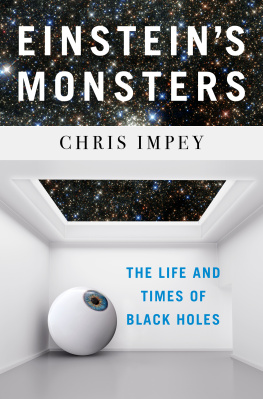
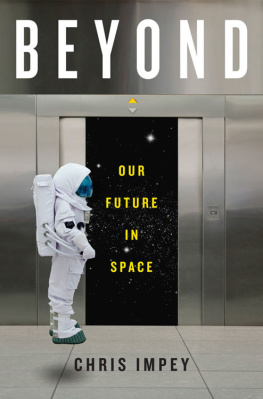
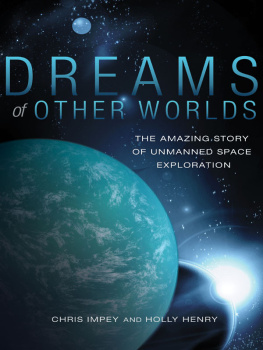

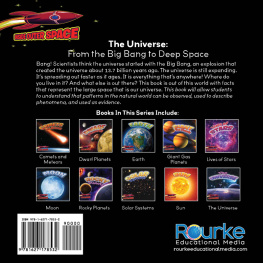
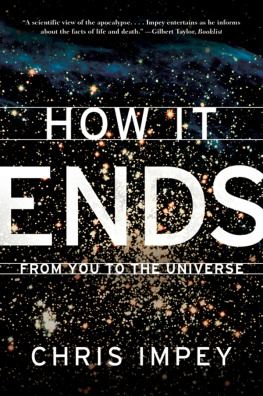
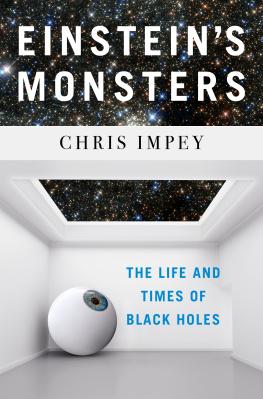
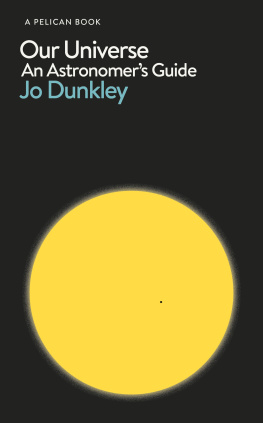
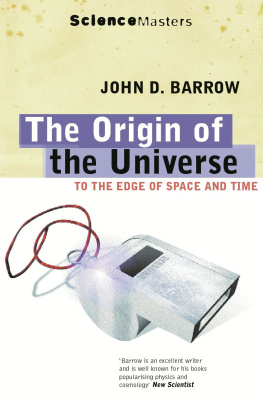


 W. W. NORTON & COMPANY New York London
W. W. NORTON & COMPANY New York London